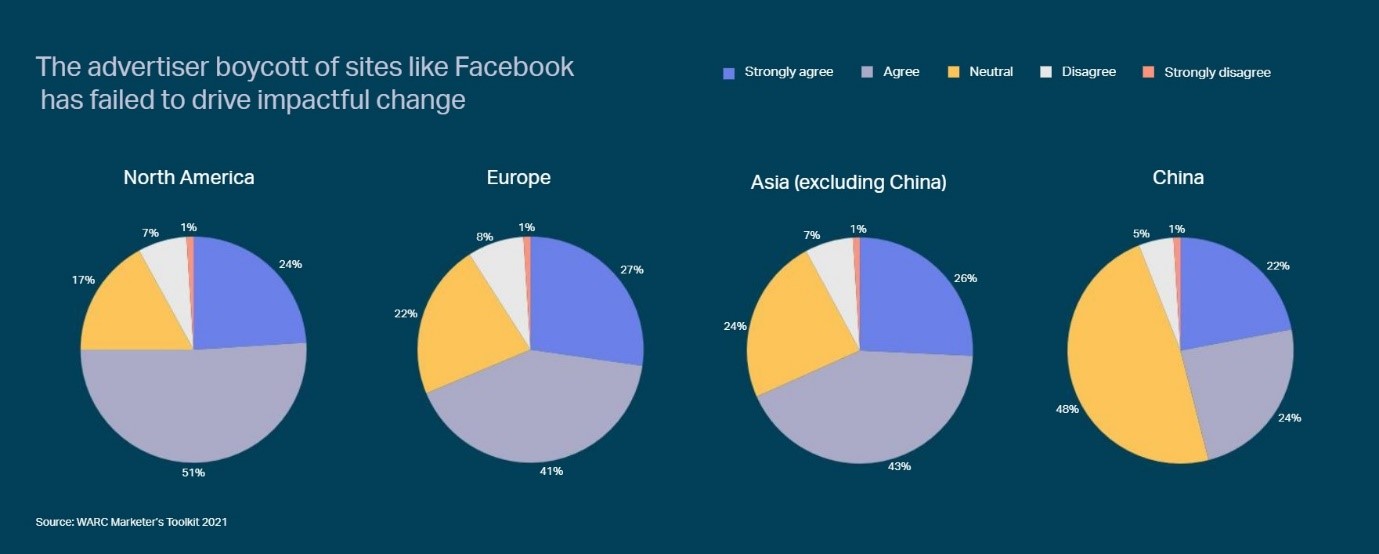Media owners will be on alert at news that Unilever is committed to re-directing investment to more ‘diverse suppliers’, writes WARC’s Alex Brownsell.
Money talks in media. For this reason, Unilever’s ambitious new plan announced by CEO Alan Jope last week to use its value chain to create a “more equitable and inclusive society” will have raised a few eyebrows among publishers and media owners.
The headline commitment – to ensure that everyone who directly provides goods and services to the company earns “at least a living wage or income” by 2030 – has been largely well-received as a sign that big business is willing to use its heft to affect positive societal change.
Marketers of Unilever brands including Lifebuoy, Knorr and Lipton will be expected to increase the involvement of diverse groups in the creation of ads, both on screen and behind the camera.
The FMCG giant has also pledged to spend €2bn annually with “diverse suppliers” by 2025. This includes SMEs owned and managed by women, “under-represented” racial and ethnic groups, people with disabilities and LGBTQI+.
It was probably no coincidence, therefore, when later that same day Campaign reported that Unilever is preparing to call a review of its estimated €7bn international media buying business (Unilever did not offer comment when approached by Campaign to confirm the story).
For the three incumbent holding groups – WPP, Omnicom and Interpublic – as well as any challengers, a key question is likely to be how Unilever can deploy its media spend for the betterment of society.
Diversifying media investments
Unilever is not the first advertiser to take a more careful approach to where it spends its advertising dollars. For example, Procter & Gamble has set its sights on “equitable investment” in publishers owned by and serving diverse ethnicities in the US and beyond.
Organisations like Stop Funding Hate in the UK and the Conscious Advertising Network, a global industry coalition, are encouraging marketers to match well-intended brand purpose statements with action, and to prevent media owners profiting from deliberately divisive content.
Agencies are cottoning on to the fact that this is rising up the agenda for CMOs. In July 2020, Havas announced the launch of a “social equity private marketplace” comprising BIPOC (Black, Indigenous, People of Color) and LGTBQ+-owned media businesses.
A few months later, in a post for Business Insider, GroupM’s global CEO Christian Juhl put it more bluntly: “We need to be willing to pay more for clicks that help boost a stable society, not just our quarterly reports.”
Juhl argued that advertisers need to measure “cost-per-social contribution”, for instance factoring a media placement’s carbon footprint into its ad pricing, as well as supporting publishers that reach more diverse audiences, even if they do not yet provide the level of audience data that advertisers have “grown accustomed to”.
“Just as ESG investing and sustainable funds have become billion-dollar businesses on Wall Street, we believe that socially conscious media buying will find an enthusiastic audience among advertisers,” he added.
What this means for media owners
Cynics might point out that, despite a much-heralded boycott of Facebook’s platforms in response to the spread of misinformation and hate speech, most advertisers have continued to be guided more by audience scale than ethics when it comes to media investment decisions.
Indeed, according to WARC’s The Marketer’s Toolkit 2021 survey, the majority (67%) of global advertisers believe the boycott failed to drive impactful change, and brands are left trying to navigate the choppy seas of a highly-polarised social media ecosystem (read more in WARC’s US Spotlight series, ‘Marketing in a polarized nation’).

The danger for many media owners is that brands try to have their cake and eat it, by continuing to divert huge chunks of their marketing budget to walled gardens – ever-more influential in the e-commerce economy – while at the same time holding other publishers to higher standards.
It may lead to a situation where an advertiser demands carbon neutrality from an OOH media at the same time as increasing ad spend with Amazon, despite the associated environmental impact of delivery and possible product returns.
Similarly, premium newsbrand publishers may find themselves losing revenue to smaller rivals on the basis of diversity of creators and audiences – a distinction that is unlikely to prevent those same advertisers from spending with platforms like Google and Facebook.
Is this fair? Almost certainly not. Yet, as marketers strive to balance the imperative for short-term ROI with a desire to make good on brand purpose statements, such double-standards seem inevitable.
If media owners wish to protect revenues in the oncoming era of conscious media buying – a topic WARC will be covering in greater detail over the coming 12 months – they have little choice but to address advertiser concerns, and ensure they are deemed to be making a positive contribution to society.

